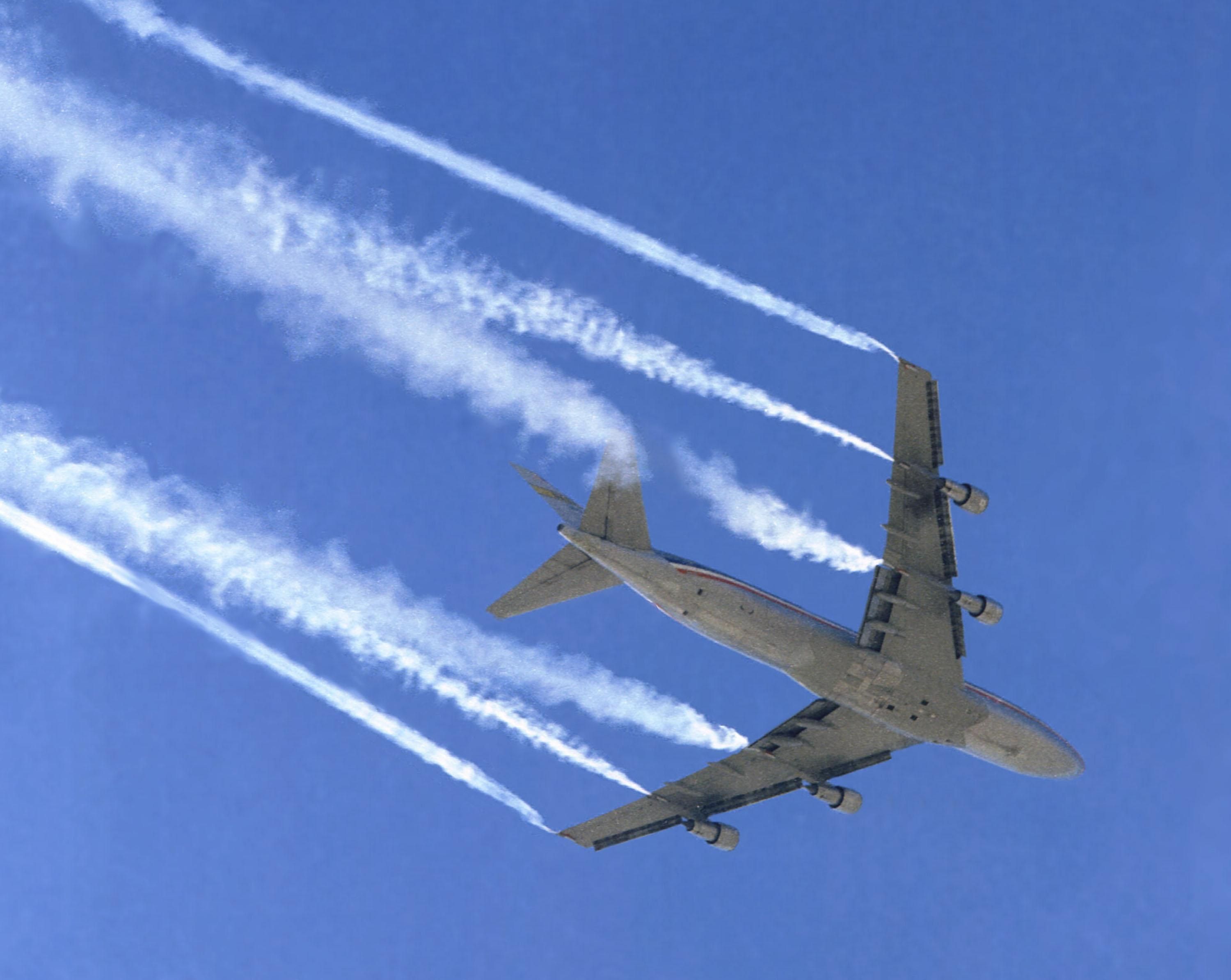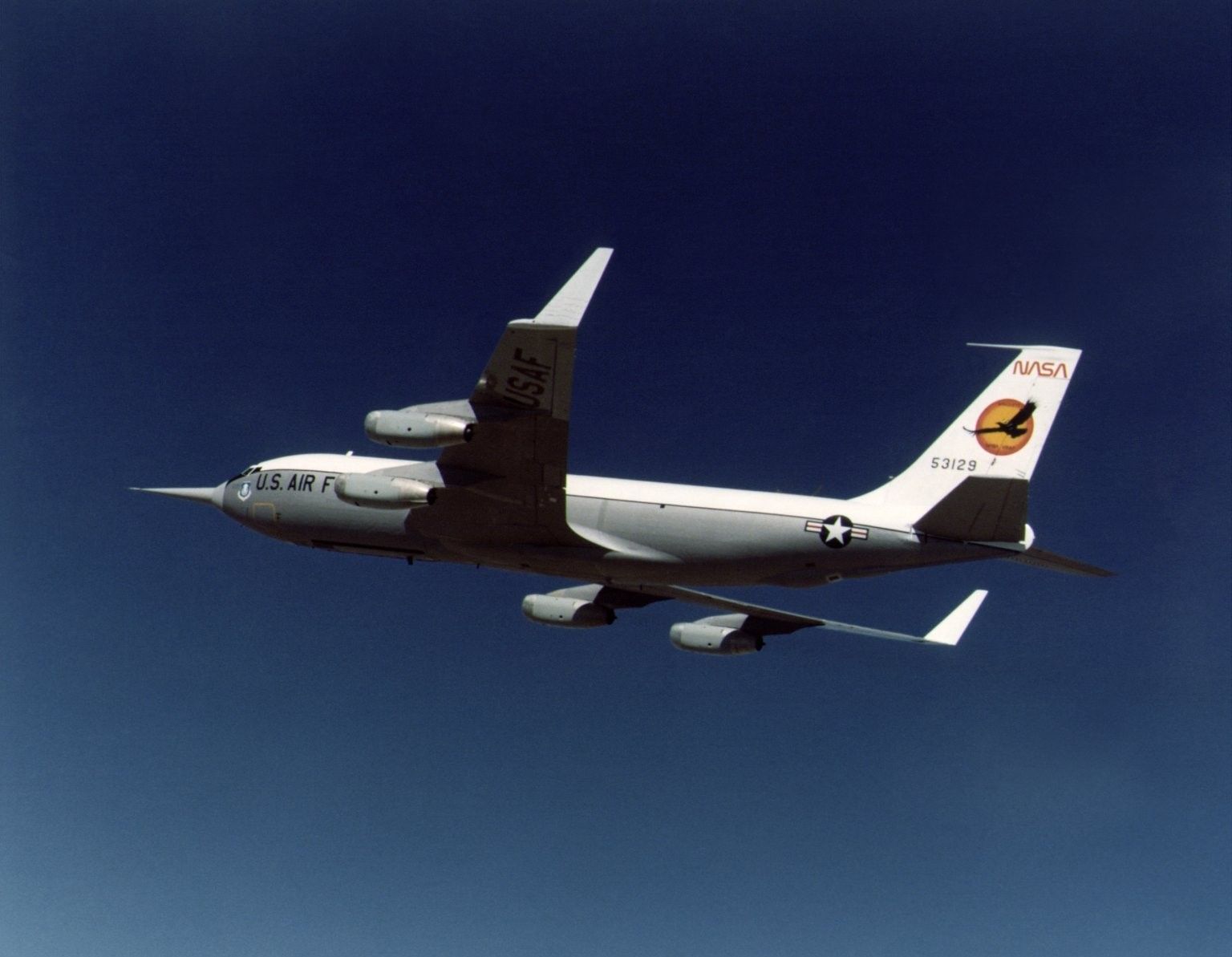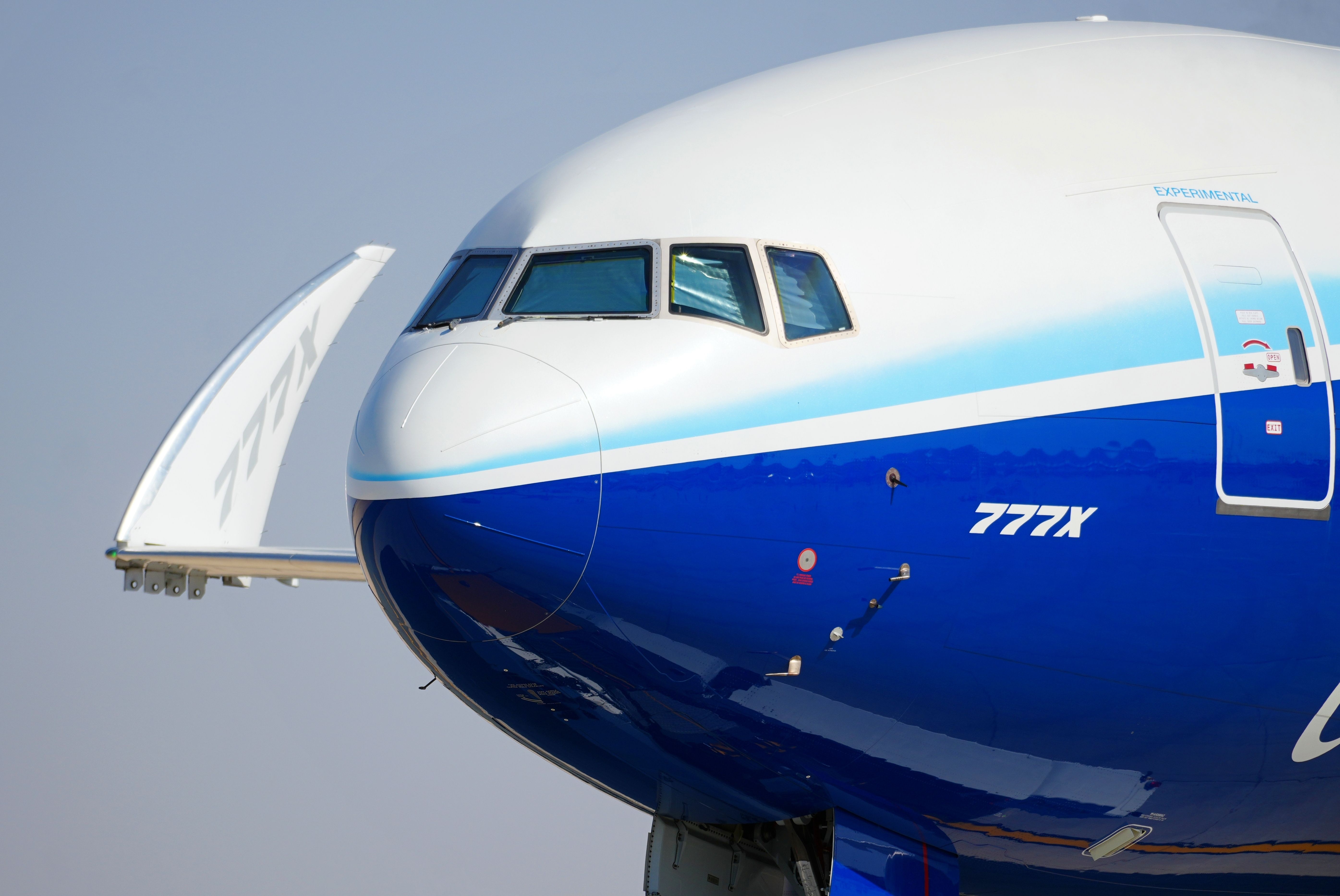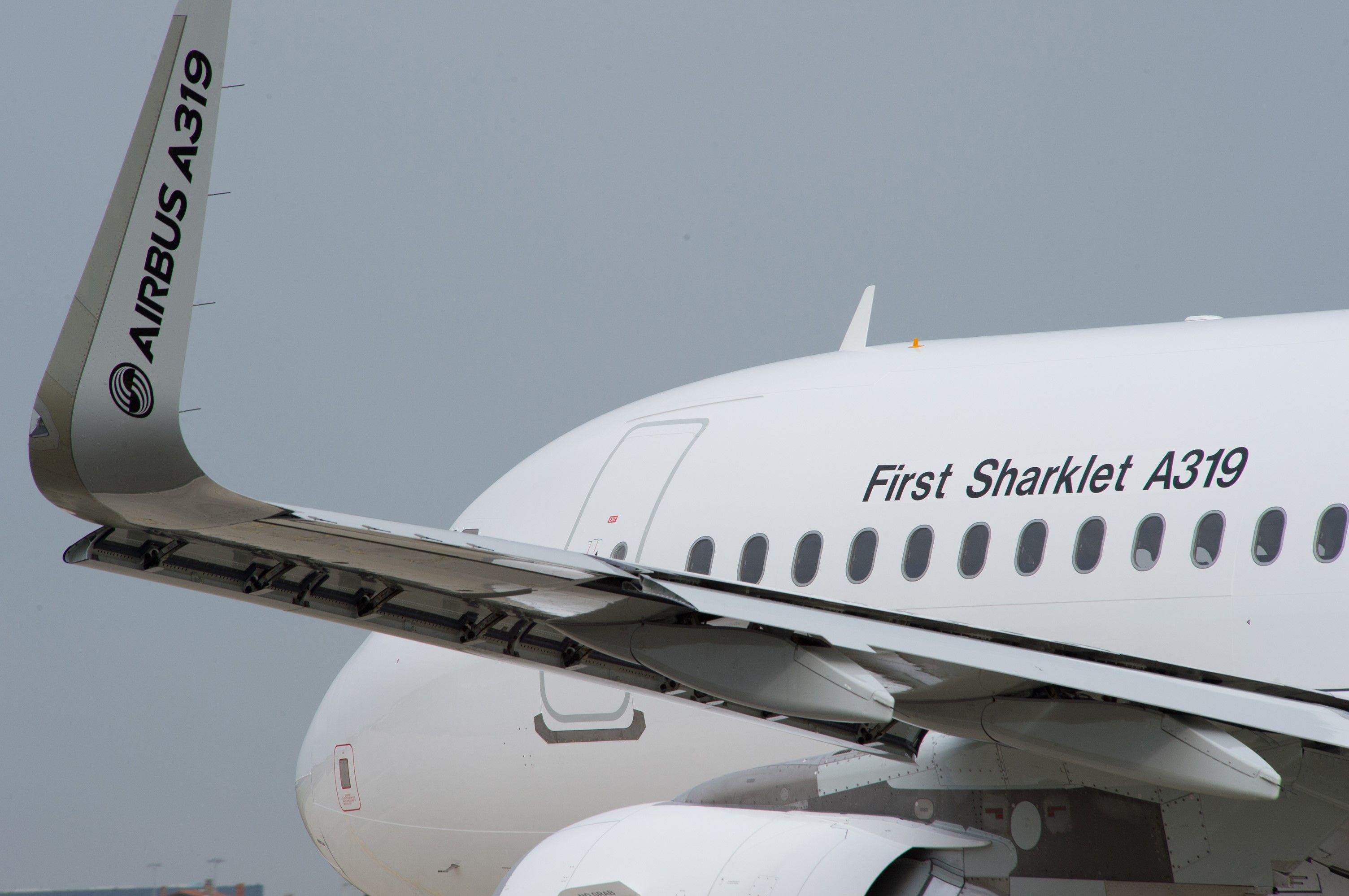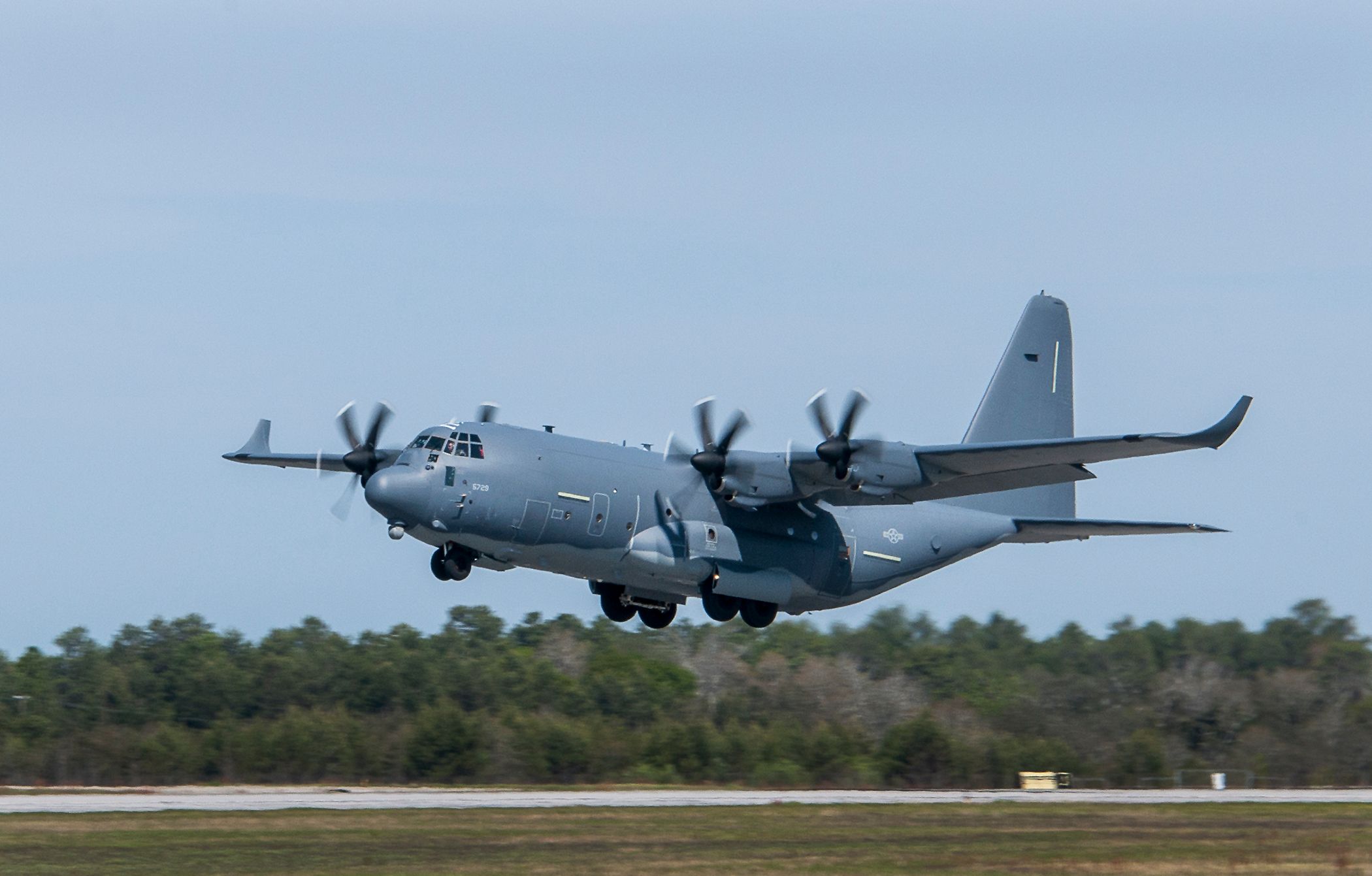Wake turbulence and wingtip vortices are invisible phenomena that sometimes appear in the form of white trails tracing and spiraling from wingtips. Pilotsalso try to visualize the wake of these airflow disruptions in heavy traffic to ensure they fly far enough away for the vortices of other planes in tighter patterns or formations. They study how vortices behave and dissipate to predict their movement and avoid catching wake turbulence.
Known as contrails, vortices create condensation trails when they remain suspended in the air at high altitudes. They move with the winds but often keep their shape. Pilots can observe the activity of the prevailing winds aloft and predict the vortices’ direction and rate of drift behind other aircraft’s flight path. Let’s dive into the details of these peculiar and often visually stunning natural phenomena of flight.
Wingtip Vortices: The Aerodynamics
An airfoil, or wing, gives an airplane lift, but it inevitably also induces drag. When a wing is positioned at a positive angle of attack, this means it is pointed up from the natural direction of straight on airflow. A pressure differential then exists between the upper and lower surfaces of the wing.
Air moves from high pressure to low pressure, and the path of least resistance is toward the wingtips, and a whirlpool of air called a ‘vortex’ occurs as air is dumped off the wingtips. Below are the main takeaways concerning this phenomenon, according to the online Pilot Institute:
|
Key Points |
|---|
|
Wingtip vortices, not engine exhaust, create the strongest wake turbulence. |
|
Heavier, slower aircraft in a clean configuration produce the most intense vortices. |
|
Wake turbulence can cause severe roll and structural damage to smaller aircraft. |
|
Pilots avoid vortices by maintaining safe separation and adjusting flight paths. |
The air on the upper surface of the wing tends to flow in toward the fuselage and off the trailing edge, forming a similar vortex at the centerline of the plane. As the air curls upward around the wingtip, it combines with the wing’s downwash to form a fast-spinning trailing vortex. As the angle of attack increases, induced drag also increases, as there is a greater pressure difference between the top and bottom of the wing.
Maximum Vortex Power: A Critical Phase Of Flight
An airplane will create wingtip vortices with maximum strength during the takeoff, climb, and landing phases of flight. The intensity or strength of wingtip vortices is directly proportional to the weight of the airplane and opposite to the wingspan and speed of the airplane. When flying behind a large aircraft on the same route, pilots can adjust their course upwind to avoid getting caught in the wake.
As time passes and the vortices lose energy, they sink at a rate of several hundred feet per minute as they dissipate. If there is significant atmospheric turbulence around, it will help dissipate them faster. On calm days with still air, wake vortices will be hanging around for a longer period of time.
Close to the ground, wake vortices trail symmetrically behind an aircraft in calm wind conditions, often extending 3,000 feet behind. The vortex behavior changes within a couple of hundred feet of the ground. If generated by a large aircraft, such as a Boeing 747 or an Airbus A380, the vortices won’t have deteriorated entirely by the time they sink to the ground. As the swirling air strikes the ground, the vortex is pushed laterally along the surface, typically at a speed of two or three knots.
Aircraft Are Fitted With Winglets To Improve Their Fuel Economy
In 1897, British engineer Frederick W Lanchester began developing wing end-plates to reduce the impact of wingtip vortices. Lanchester laid the foundation for modern commercial technology, which was brought to its current state largely by NASA research in the 1970s. Per NASA, aeronautical engineer Richard Whitcomb conducted computer and wind tunnel tests to explore the hypothesis.
A precisely designed, vertical wingtip device, which Whitcomb dubbed a ‘winglet,’ proved to weaken wingtip vortices and thus diminish induced drag. Less drag would translate into less fuel burn and better cruise efficiency. The winglet concept provided a better option than longer wing extensions, which, while offering similar aerodynamic benefits, do not render a plane too wide for most airport gates.
Whitcomb’s findings in 1976 predicted that winglets employed on transport-size aircraft could diminish induced drag by approximately 20% and improve the overall aircraft lift-drag ratio by 6-9% as well. The Dryden test program results indicated to the entire aviation industry that winglets were a technology well worth its attention. Since that time, the technology has become a staple of commercial jet design.
Boeing Aerodynamics: 777X’s Folding Wingtip
In direct contrast to the winglet design, the Boeing 777X uses 10 foot folding wingtips that extend the wingspan for better lift, lower drag, and improved fuel burn. These fold upward on the ground so the jet can use the same gates and taxiways as the preceding Boeing 777 aircraft. This design delivers greater range and lower operating costs than even winglets could achieve without requiring airports to modify their infrastructure.
Of course, that doesn’t mean that ![]() Boeing isn’t a fan of winglets. Indeed, in 1999, Aviation Partners Boeing was formed as a partnership between Seattle-based Aviation Partners Inc. and Boeing. The companies created APB initially to upgrade Boeing Business Jets, whose products include a VIP 737 derivative. Together, the pair would produce a unique take on the NASA-proven winglet technology: Blended Winglets.
Boeing isn’t a fan of winglets. Indeed, in 1999, Aviation Partners Boeing was formed as a partnership between Seattle-based Aviation Partners Inc. and Boeing. The companies created APB initially to upgrade Boeing Business Jets, whose products include a VIP 737 derivative. Together, the pair would produce a unique take on the NASA-proven winglet technology: Blended Winglets.
|
Specifications |
|
|---|---|
|
Wingspan (wingtips folded) |
212 feet, 9 inches (64.85 m) |
|
Wingspan (wingtips unfolded) |
235 feet, 5 in (71.75 m) |
|
Airframe Length |
251 feet, 9 inches (76.72 m) |
|
(Probable) Max Take Off Weight (MTOW) |
775,000 lb (351,534 kg) |
APB’s Blended Winglet reduces drag and takes advantage of the energy from wingtip vortices, actually generating additional forward thrust. The design merges with the wing in a smooth, upturned curve to solve a key problem with more angular winglet designs: interference drag that occurs when two lifting surfaces intersect.
APB’s Blended Winglet technology is estimated to have saved several billion gallons of jet fuel worldwide, with monetary savings of $4 billion. That is equivalent to a reduction of almost 21.5 million tons in carbon dioxide emissions.
Sharklets: Airbus Aerospace Design
Airbus Sharklets are also up-curved wingtip devices that cut wingtip vortices, and the European planemaker estimates that they trim induced drag by roughly 4% on its airliners. The lower drag lets aircraft burn less fuel, extend their range, or carry extra payload while also climbing more efficiently and reducing carbon emissions. Airbus has also offered a retrofit kit for in-service A320-family jets that were made before the widespread introduction to be able to gain the same advantages.
The A320 family is constantly changing thanks to Airbus’ strong research and development focus. Operators have powerplant choices of Pratt & Whitney GTF engines and CFM International’s LEAP-1A when they order the New Engine Option models like the A319neo, A320neo, and A321neo.
Today, Sharklet wingtip devices that increase aerodynamic efficiency are carried by every Airbus A320neo family jet. Combined with more efficient engines, Sharklets reduce fuel consumption by around 20% as compared to earlier-generation Airbus planes. The manufacturer also claims up to 30% better fuel burn compared to a non-winglet-equipped design in the case of the A321XLR.
Warbird Winglets For Fuel Savings
Having already tried winglets a decade ago, earlier this year, in July 2025, a US Air Force MC-130J Hercules took to the skies fitted with small aluminum fins on its rear cargo door and along both sides of its vertical tail. The Air Force says these aerodynamic ‘finlets’ could cut drag on Lockheed Martin C-130 airframes by 6-8%. This reduction would translate into longer range and improved fuel economy to improve mission capability and reduce operating costs for the global fleet
Per Air & Space Forces Magazine, Roberto Guerrero, the Deputy Assistant Secretary of the Air Force for Operational Energy, Safety & Occupational Health, said in a July 24 release from the 96th Test Wing at Eglin Air Force Base, Florida, that:
“It is an exciting day for the Department of the Air Force for finlets to reach this milestone in research, testing, and development as we seek to rapidly deploy innovative technology,. Drag reduction initiatives like finlets are a tangible way we can modernize our fleet, reduce costs, and increase combat capability for the warfighter. Every gallon of fuel saved extends our operational reach and enhances readiness in contested logistics environments, directly supporting the Department’s mission to deliver airpower anytime, anywhere.”
The Air Force has also explored winglets for the KC-135 Stratotanker to improve fuel efficiency on its aging tanker fleet. The winglets have been tested to use an Active Load Alleviation Control System (ALACS) to manage wing stress.
The Air Force requested $15 million for initial development and testing in 2024, with an additional $140 million planned between 2025 and 2028 for wider implementation. Although, based on recent reporting by Air & Space Forces Magazine, the winglets program may have been put on pause. The fiscal year 2026 budget request appeared to contain no mention of funding for the winglet upgrades, leaving its fate unclear.



